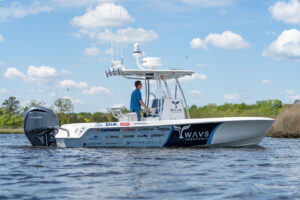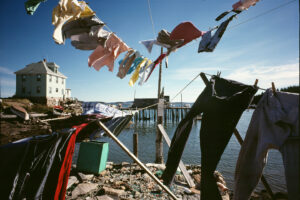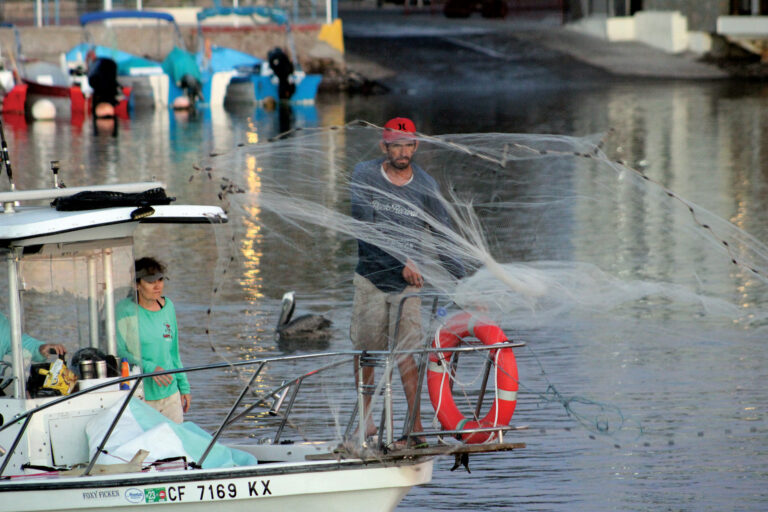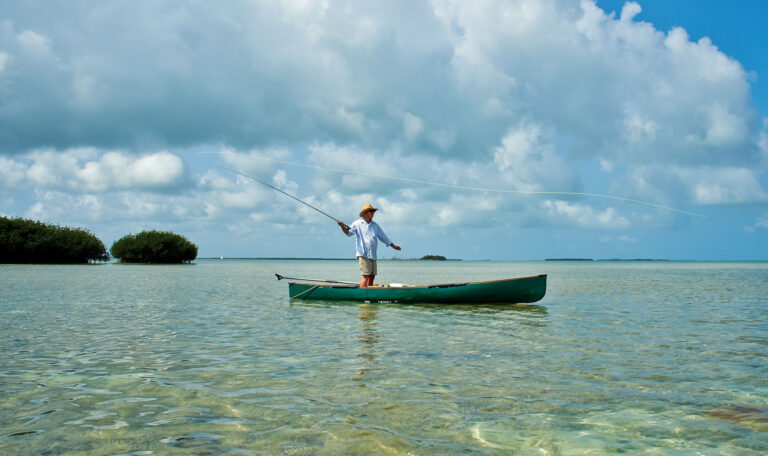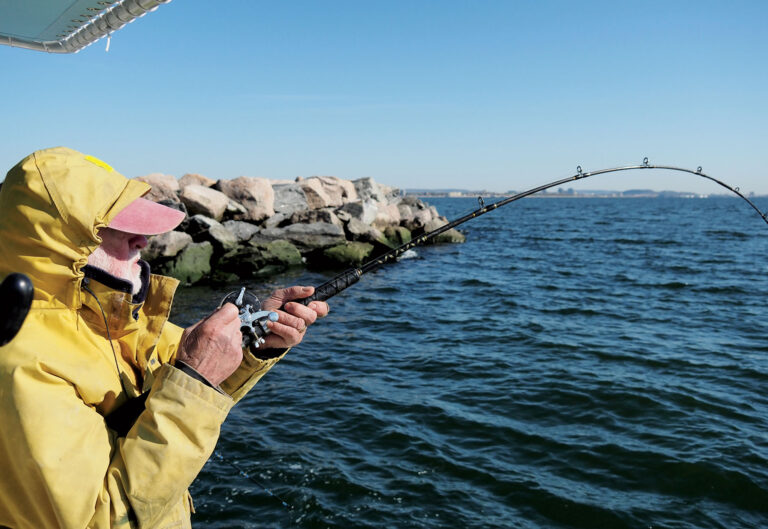I live in the heart of big snook country on Florida’s east central coast, where rivers meet the sea. Snook flourish in the warm, brackish waters that flow through our lagoon system, bays and far inland at sea level. I live with snook as I live with my other neighbors, though with a bit more affinity for the fish.
Snook are intrepid, resilient and bold. Shovel-snouted, slope-backed and with a broad powerful tail, a snook changes hues with its waters. Surf snook are bright silver, backwater fish show the brown of their tannic habitat, and river fish are dark green-blue, the melded color of changing tides. All have the distinctive black lateral line running the length of their bodies and big, yellow, night-vision eyes.
A fish larger than 40 inches is considered sizable by local standards. That’s a husky fish, but they get much bigger. Wade anglers stealthier than myself tell tales of huge nocturnal snook — 60-inches — in the shallows before dawn and gone at first glimpse with a beat of the tail.
People eat snook, but not as much as in prior decades. Some Florida families were practically raised on the flaky, white meat. These days the fish are strictly managed, as they should be, with slot limits and closed seasons. You might easily catch 10 snook for one within the legal slot limit, which on the Atlantic coast is 28 to 32 inches. Of course, the difficulty in catching a keeper only makes you want one more.

I might keep a snook but very rarely. My ardent, and admittedly overzealous, pursuit of them over the years has put me on personal, even friendly terms with the species. I know a few docks that certain big fish visit regularly.
Judging by the angle of the sun, I know where snook will be staging for their seasonal cycles of feeding and breeding. As the sun arcs higher each day, snook move from mangrove islands, deep river channels and bays toward inlets, ocean and their spawning grounds. When white butterflies cloud the spring air, the snook bite is good along the channels and flats. If you glide a boat over those channels on a clear tide, you’ll see snook down deep along the edge.
In the furnace blast of summer, snook cruise the surf, nosing along in inches of water at the beach, looking for a meal after spawning. The fly anglers are there, too, poised and patient, dripping sweat in the heat, waiting for just those moments at dawn. During fall, snook are in the waves, fattening up on baitfish coursing down the coast before winter. Then they return to their river haunts, to the deeper docks and cuts where they’ll weather the cooler conditions.

What can drive me crazy about snook is that these wily, tenacious predators are all over the place around here. You and I stand a good chance of catching one on a quick morning trip before work or on lunch break, no boat needed. You can catch them from the catwalks under bridges, from the bridges themselves, from seawalls and beaches and piers, by the jetties, in residential canals, from private docks and public parks, where you wade into river waters just past the playground swings and sliding boards. Snook are for everyone to catch and everyone to care for. Surely they are one of the most accessible premiere gamefish in the United States.
I have little kids now, and a few years have passed since I’d regularly get out long before dawn to meet snook on a moving tide, or stay out well past midnight to visit them at lighted docks where they feed. But I’m still just as grateful for the fish, because I know that their pursuit gives so many people — from the young and fevered to the older and alone — a chance to sense the power and secret ways of the snook.
This article originally appeared in the Winter 2020 issue of Anglers Journal.



